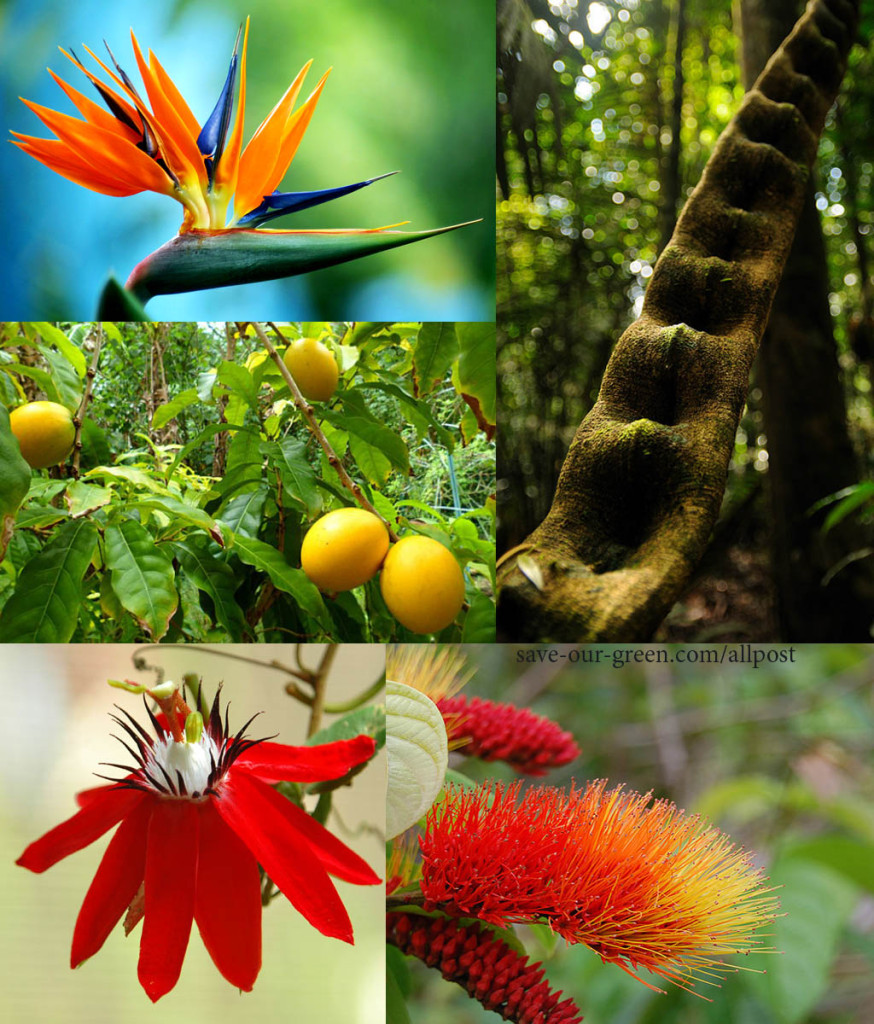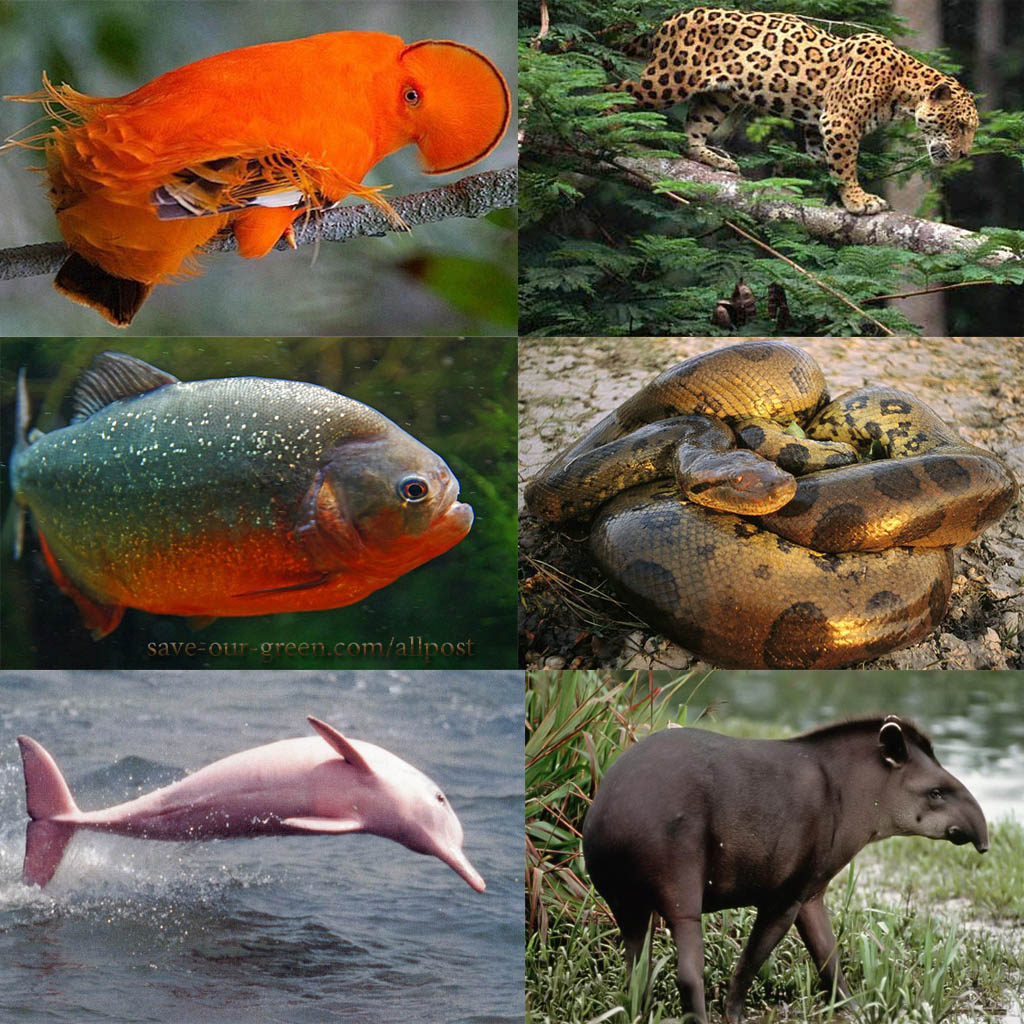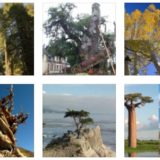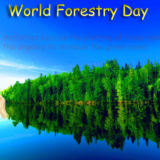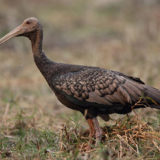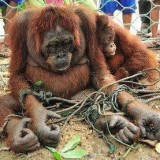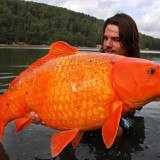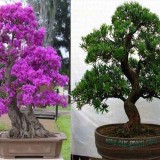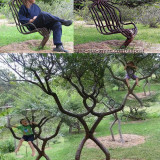The Amazing Basin of Amazon
The Amazing Basin of Amazon
Location:
Northern South America. The basin has an area including Brazil, Bolivia, Colombia, Ecuador, Peru, Venezuela, Guyana. Brazil is the home of this Basin to 60% of total area of basin located in this country. The western part of the area ends at the mountain of Andes.
Description:
It is created by the Amazon river along with its its tributaries and sub-tributaries. The basin is about 4,200 miles long and covering 2 million square miles, approximately about 40% of South America. The area of basin includes the Amazon tropical rain-forest, therefore the climate of this area hot & rainy.
Climate:
The tropical location causes a hot & humid climate & heavy rainfall throughout the year. Although in the winter season ( June to September) cold winds from Antarctica can be harming some of the plants & animals native to this tropical area. The annual temperature averages 79 °F and relative rainfall averages 80 inches. During the rainy seasons, flooding often occurs.
Flora and Fauna:
The Amazon basin area rain forest is thought to be the oldest & most dense forest area in the world. It is responsible for half of the planet’s oxygen. This area is fully under research. Many of its indigenous plants and animal species are remained unknown. The forests are indeed so deep & thick therefore some of places are dark all the time, even during the day. Substantial rainfall and the Amazon river shore lines are conducive for growing vast quantity of vegetation.
More than 120 types of trees or plants are found every one half of a square mile. Some of like the giant kapok tree, monkey ladders, birds-of-paradise, the creeping aroids, monkey brush,orchids and bromeliads, the abiu tree, palms and vines.
As the basin area is mostly covered with forest and water, more than 500 speices of mammals are found here. Such as- jaguar, pink dolphin, the slow moving sloths, armour plated armadillos, giant anteater, tapir, otter and several species of rodents and bats. Some reptiles, like- Anaconda, boa, turtles; more than 3000 types of fishes, such as- electric eels, piranha, catfish, tambaqui, pirarucu can also be found here.
More than 1500 birds, including Macaws, Harpy eagle, Hummingbirds, Toucan, Guianan Cock-of-the-rock, hoatzin inhabit in the basin area. The most abundant and varied amphibians are frogs, toads, tree frogs, poison dart frog. More than 4000 spices of amphibians can be found here. Insects like beetles, leaf cutter ants , lemon ants, termites, cockroaches , Morpho butterfllies are also found.
Human Settlement:
The Amazon has a long history of human settlement. Some of the places are very sparsely populated. But most populated area is in the large cities that are established on the bank of the Amazon river & its tributary. Some of native communities are Waura Indians, Amerindian, Kaiapo Shaman & Waura Shaman.
Threats:
Despite being one of the largest forests in the world and half of the planet’s oxygen source, many native species of Amazon are facing threats of extinction owing to decreasing biological diversity. In recent years, temperature of the rain-forest and surrounding water abnormally have become warmer than normal due to global warming, that has an impact over this natural beauties. Many plants and animals have adapted to a particular temperature but when the surrounding temperature is growing up, it is becoming intolerable for those species. Thus, the animals & the plants are finding it is harder to exist in this intolerable condition. Some of its natives are doing unscientific agriculture that has a negative impact on its soil, water & air. They use to kill endangered animal to replenish their need of meal. There are industries around, that emerge carbon mono-oxide, methane etc. that are agents of global warming. Whatever the case may be, the animal & the plants will not be able to survive in this rapidly changing environment. If we don’t take any measures now, we will lose one of our most precious treasures.

